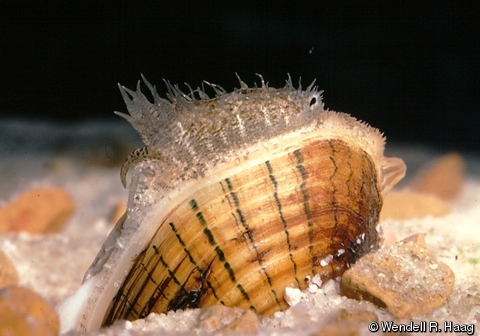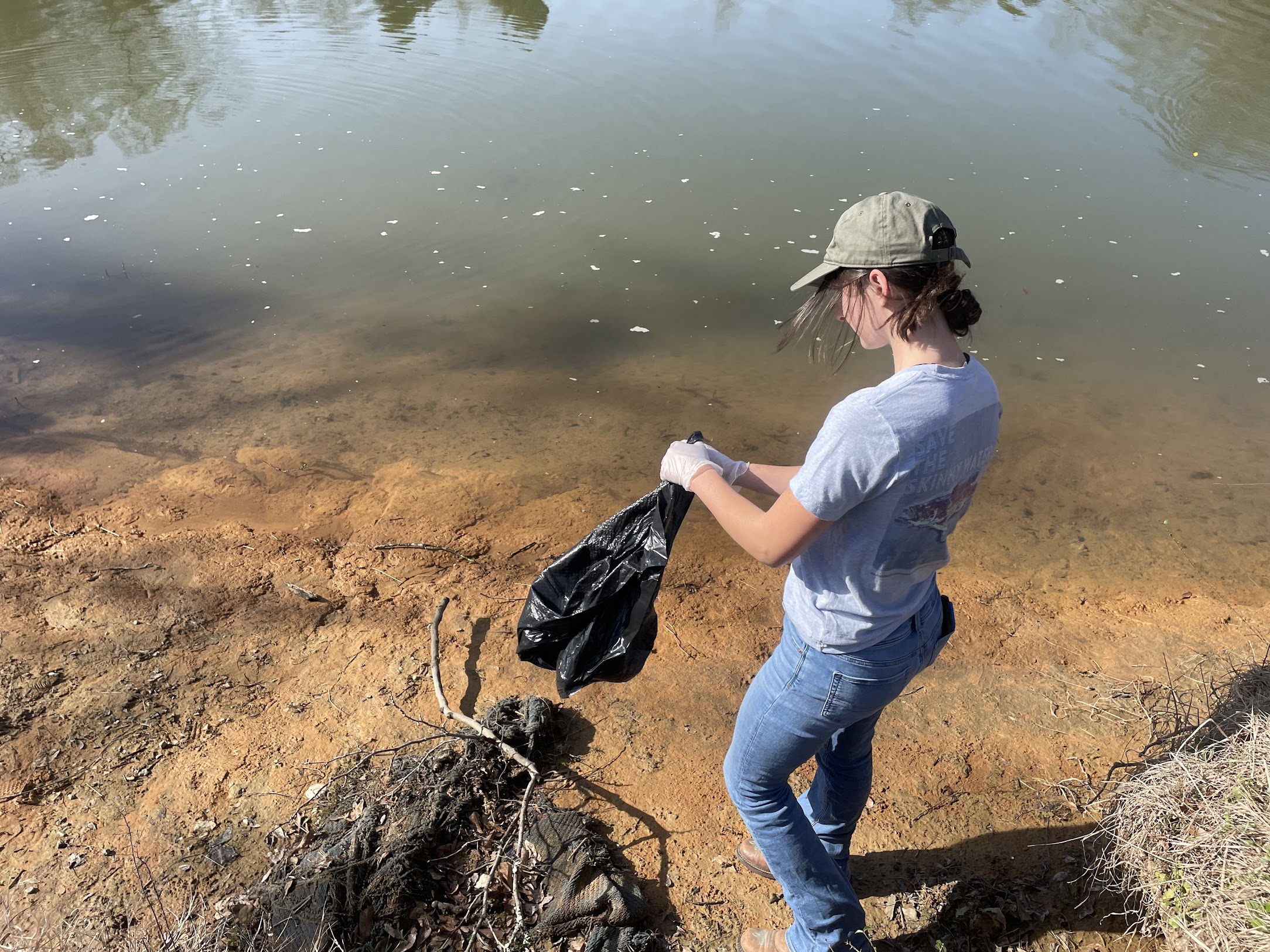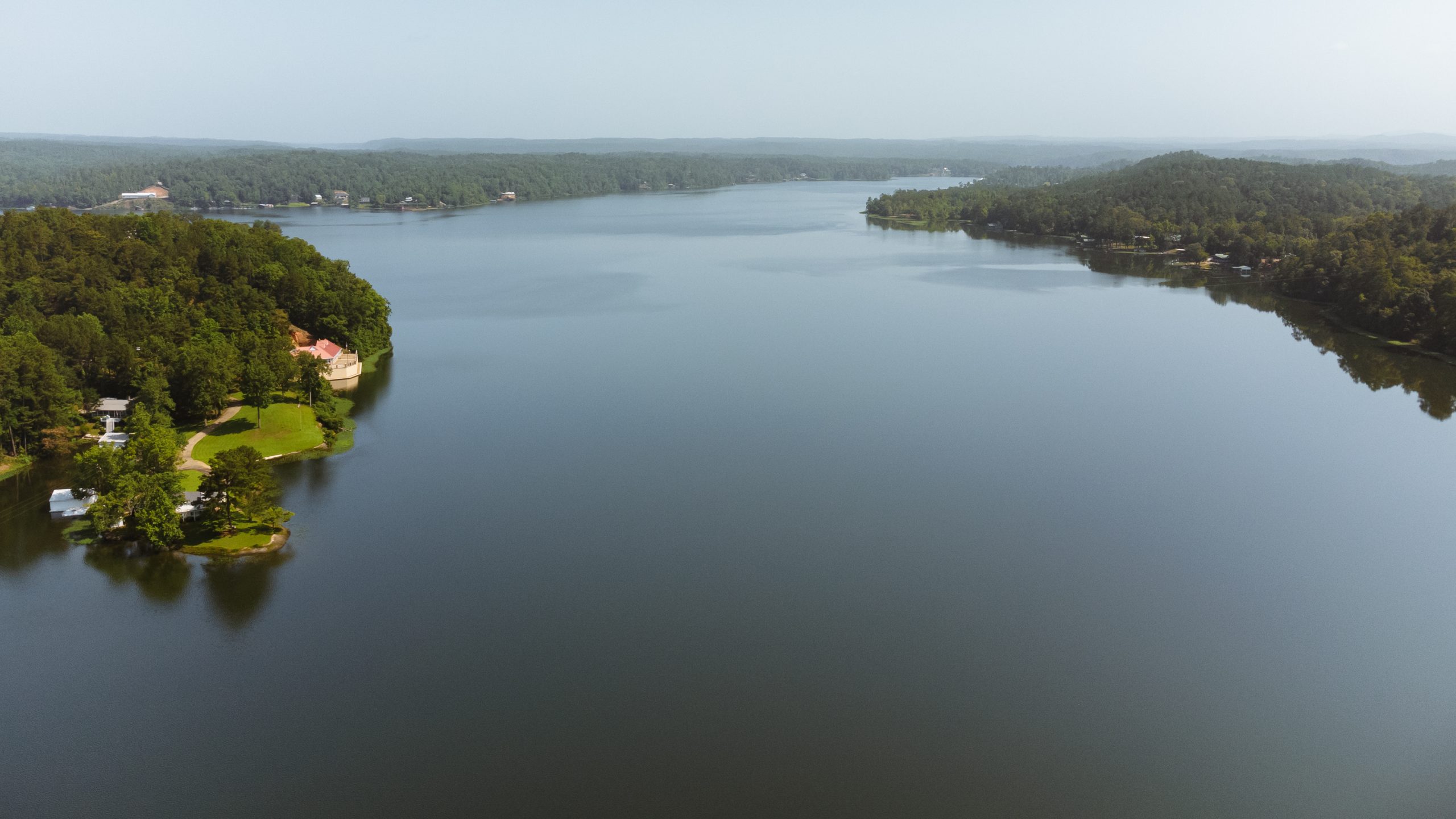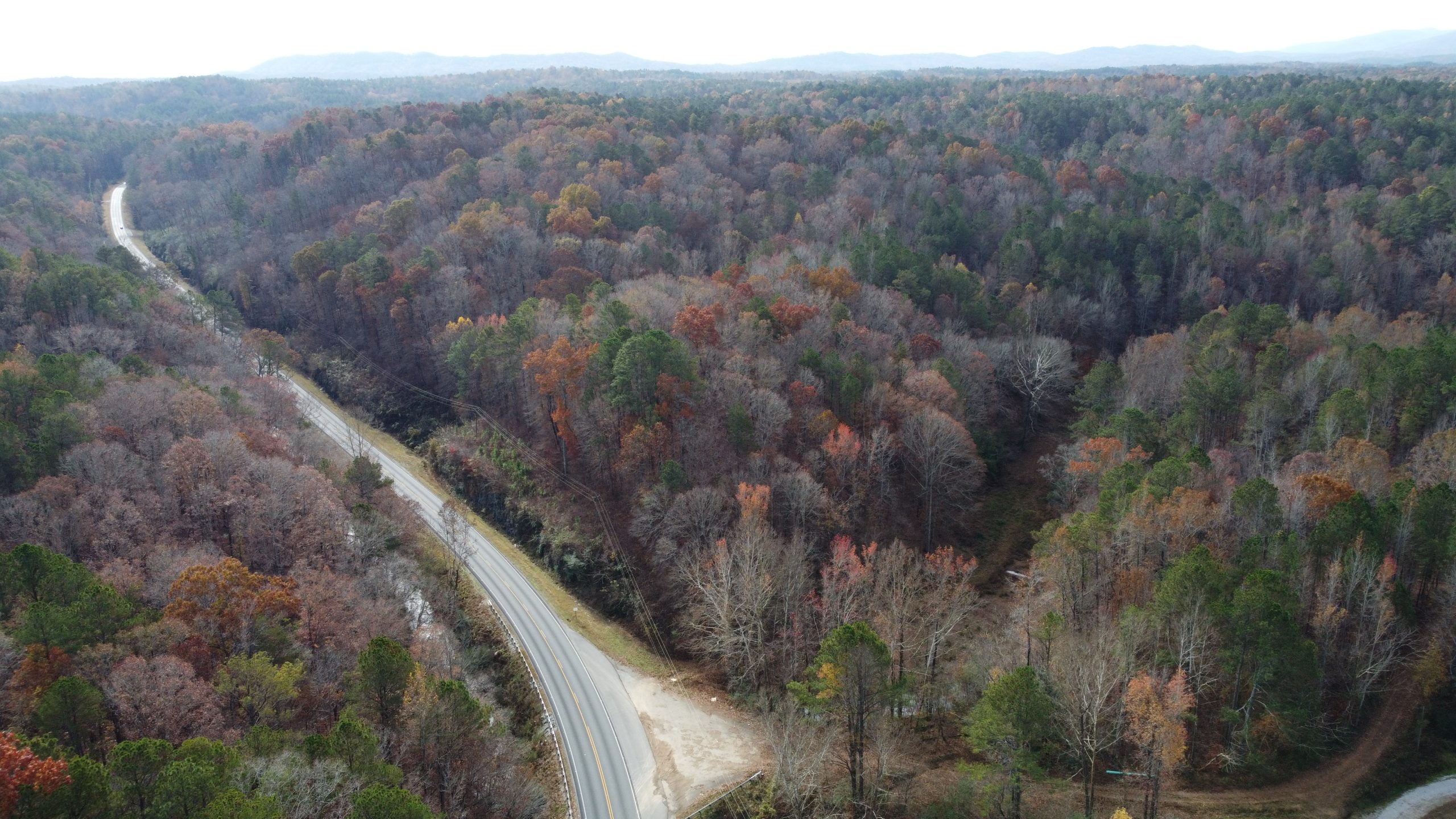Coal Ash
sewage
Impaired Waterways
Dams
Sediment
Nutrients
What is Coal Ash?
Coal ash is the toxic waste that remains after coal is burned. It contains high concentrations of heavy metals, including mercury, arsenic, selenium, chromium, lead, radium, and other pollutants which are hazardous to human health, wildlife, and our waterways. In humans, these contaminants can cause developmental defects, cancer, and a large range of other illnesses. For decades, utilities have stored coal ash in unlined pits next to rivers and lakes that provide drinking water, recreation, and wildlife habitat.
Gadsden Coal Ash Pond
Gaston Coal Ash Pond

Gadsden Steam Plant is on Neely Henry Lake on the Coosa River. The facility now burns natural gas. The coal ash pond is located .6 miles upstream from a drinking water intake just above downtown Gadsden. This coal ash pond was the first of the coal ash ponds to close in Alabama. It was left on the banks of the river in September 2018. Alabama Power claims this method of “cap-in-place” is completely safe way to deal with this toxic sludge. Their self-reported data says otherwise! Elevated levels of arsenic were found at two areas and one area had elevated radium. Alabama Power claims the presence of the coal ash “has no indication of any effect on any source of drinking water.”

The Ernest C. Gaston Steam Plant in Wilsonville on Lay Lake is jointly owned by Alabama Power and Georgia Power and burns coal and natural gas.
Cap-in-Place is Pollute in Place

Cap-in-place means removing the water from the coal ash pond, consolidating it, and covering it overtop with a synthetic liner.
Many sites across the country where coal ash has been capped in place continue to experience high levels of toxic pollution, and researchers have found cap-in-place can worsen pollution. Coal ash pits can spill during flooding, as evidenced at North Carolina’s inactive H.F. Lee ash basins when the Neuse River was flooded by Hurricane Florence.
Despite confirmation of the significant risks of storing coal ash in dangerous, leaking, and polluting pits, Alabama Power, TVA and PowerSouth Energy Cooperative are planning to leave ash in place at all sites in Alabama rather than excavating and removing it to dry, lined landfills.
The bottom line is that cap-in-place does not work and is not an acceptable solution for Alabama.
Coal Ash Groundwater Violations
All of Alabama’s coal ash pits are unlined and all of them have reported federal groundwater violations. There are nine coal plants next to major waterways across the state: on the Mobile River, Coosa River, Mulberry Fork, Black Warrior River, Tombigbee River, Locust Fork, Widows Creek, and Tennessee River. Current data shows that each of these coal ash ponds have been contaminating groundwater for some time, likely decades.
ADEM fined Alabama Power ONLY $250,000 dollars at each site for their groundwater violations but are not currently requiring removal of coal ash. In ADEM’s November 14, 2019 response to Alabama Power’s CCR documents submitted for approval, ADEM criticized the company for jumping to the conclusion of cap-in-place without doing proper research: “As stated previously, it is the Department’s position that any final decision regarding corrective measures at the sites is premature, considering the …extent of contamination at each of the sites has yet to be fully delineated.”
Coal Ash is impacting our river and public health.








